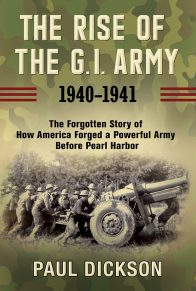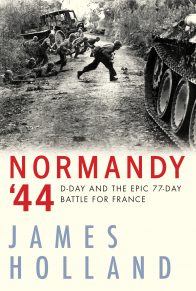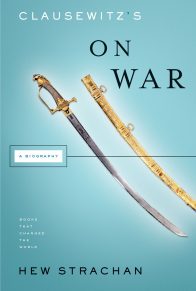“A perfect fit for the center of a trilogy of the beginning of aviation [alongside David McCullough’s The Wright Brothers and John F. Ross’s Enduring Courage] . . . These three excellent books clearly show how the Wright Brothers’ achievement at Kitty Hawk and their sound basic technology was picked up by the Europeans, and how the wartime scenario in 1914 accelerated development of observation, pursuit and bomber aircraft.” —Washington Times
“Charles Bracelen Flood’s book on the most legendary outfit of World War I is utterly absorbing, full of great anecdotes and harrowing dogfights. A compelling tribute to the young American men who fought in those flimsy contraptions that were the first warplanes, as well as the women who supported them behind the lines.” —Kevin Baker, author of The Big Crowd
“Rare is the book that combines authentic history with the vivid characterizations of the finest novels. Add to that achievement the gripping story of the war in the air in World War I and you have First to Fly, the most unforgettable drama that novelist and historian Charles Bracelen Flood has created in his long and distinguished career.” —Thomas Fleming, author of Over There, past president of the Society of American Historians and the PEN American Center
“Fusing his talents for narrative and characterization with a scholar’s passion for research, Charles Bracelen Flood has seamlessly woven an epic story of the American airmen who served in the ‘Great War.’ The reader is rewarded by an achievement of literary excellence that enlightens as it entertains.” —Sidney Offit, novelist, critic, memoirist, and curator emeritus of the George Polk Awards for special achievement in journalism
“This riveting look back at a catastrophe that changed our world tells the tale of a fascinating group of young men at war. With his well-turned prose, Charles Flood recreates a time that was dreadful yet also contained an innocence foreign to us today. First to Fly deserves a wide reading audience.” —John Buchanan, author of The Road to Guilford Courthouse: The American Revolution in the Carolinas
“Charlie Flood gives us a vivid account of the Lafayette Escadrille, young American pilots who took to the air against Germany nearly a year before the United States entered World War I. Some were idealists; some adventurers; all were present at the beginnings of America’s combat airpower. All of Flood’s formidable writing skills are on display here, as he tells this important story.” —General Merrill A. McPeak, USAF (Ret.), former chief of staff, U.S. Air Force
“Profiles a handful of the courageous and colorful men who flew in [the Lafayette Escadrille] and were among America’s first combat pilots.” —Richard Ernsberger Jr., American History
“The compelling story of the squadron of adventurous young American pilots who were among the first to engage in air combat.” —Colette Bancroft, Tampa Bay Times
“Charles Bracelen Flood’s lively account of the group of American pilots known as the Lafayette Escadrille provides a striking counterpoint to news stories about radicalized young Americans who have run off to join ISIS . . . Flood . . . has an eye for the high-octane drama when young men mix with war, airplanes, booze and women . . . First to Fly shows us that there was something noble and honorable about the Escadrille, men who did not turn against their own country but put their lives up to fight for a cause, not because they had to but because it was the right thing to do.” —John F. Ross, Wall Street Journal
“Flood’s final book is a page-turner, written in spare, vivid style like that of his literary hero, Ernest Hemingway.” —Tom Eblen, Lexington Kentucky Herald-Leader













